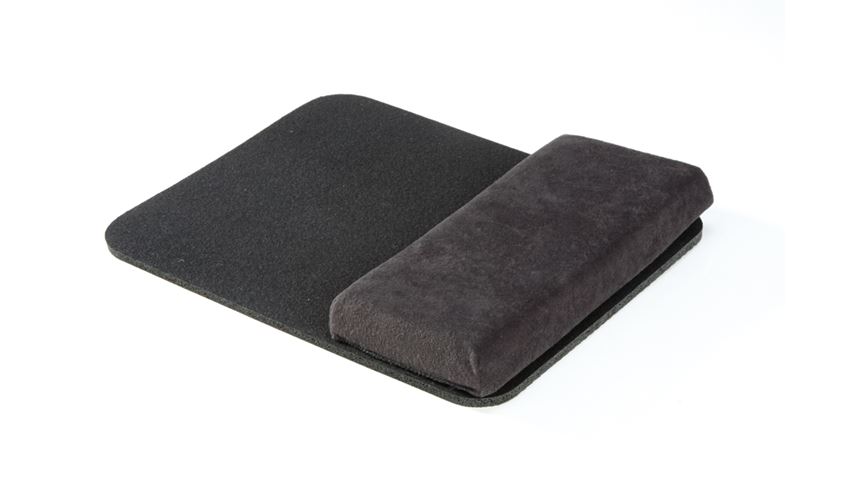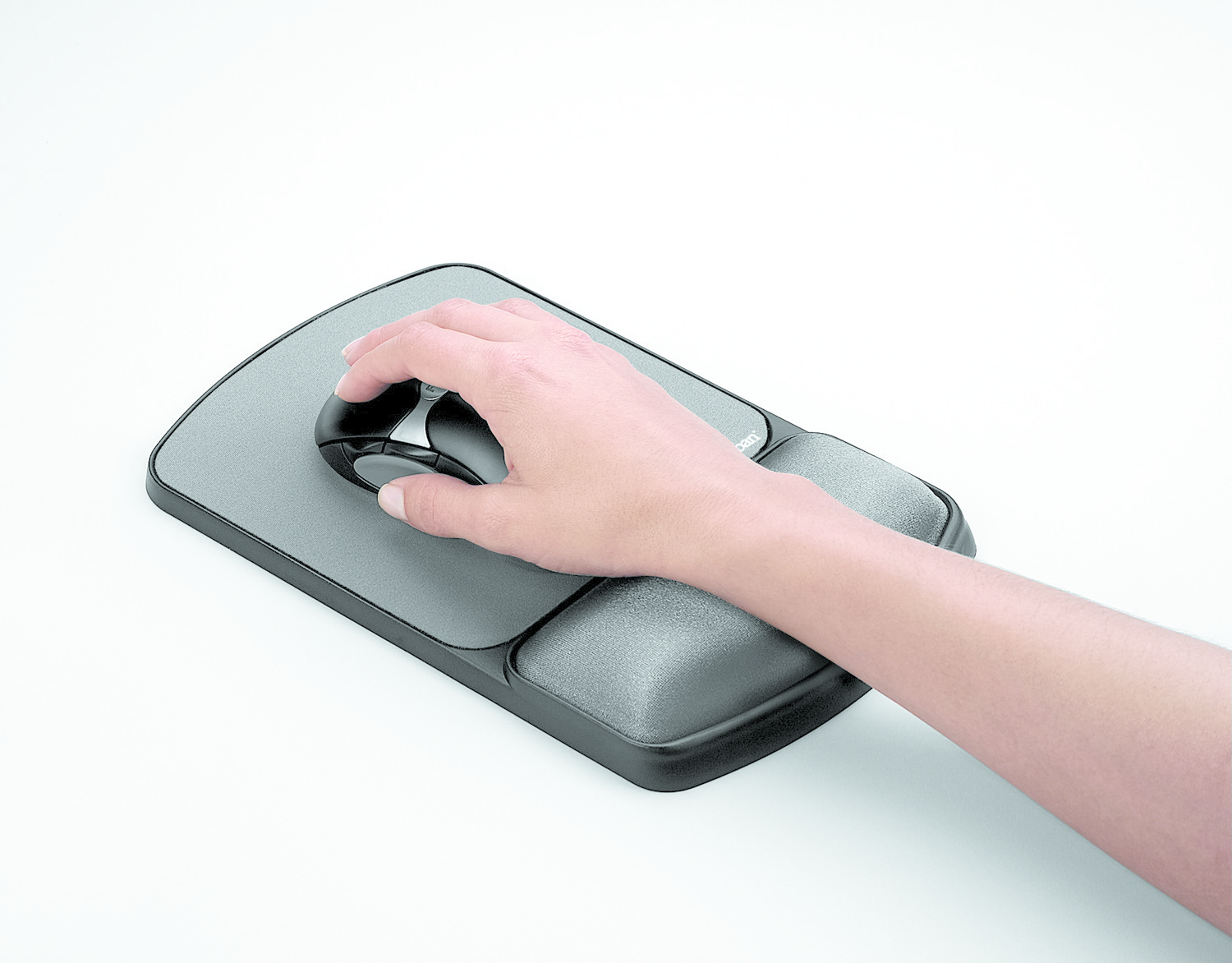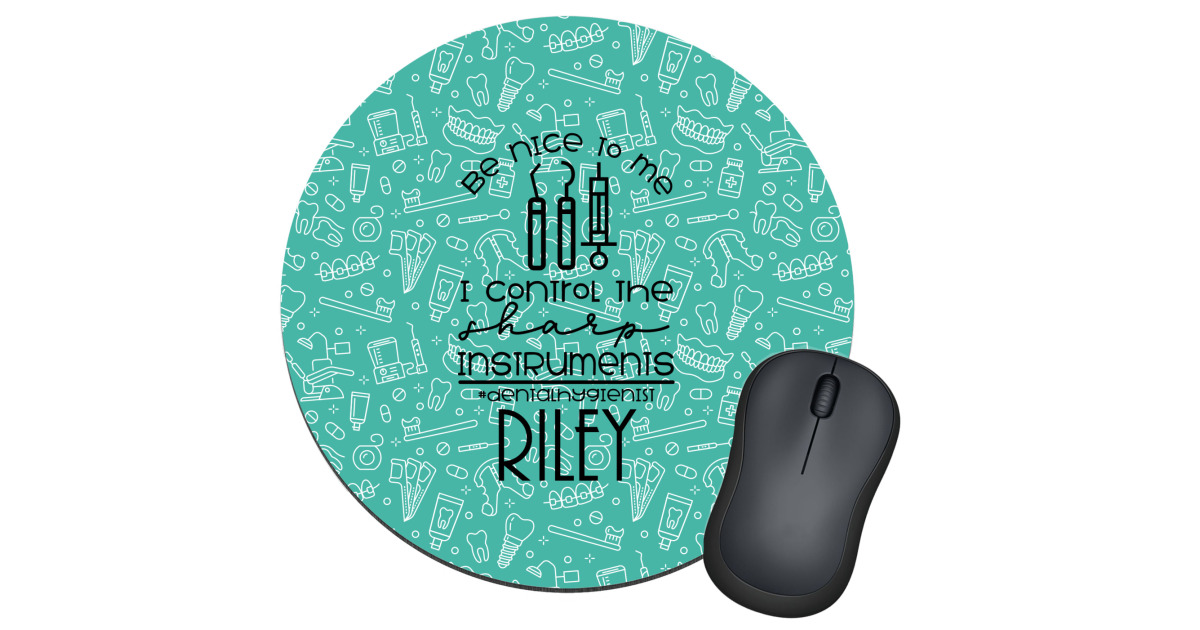

These earlier mouse models relied on mouse pads for movement because they increased the friction of the ball at the bottom of the mouse as well as protected it from dirt from dirt. It was created specifically for use with the Xerox mouse, which used a roller ball, a design which was used for decades. Because he never patented his work, it was not long before countries all over the world began to create similar items.Īround the same time, Armando Fernandez, a worker at Xerox, created a rubber pad to use with a mouse that would not slide off a desk. The poly made it possible to transfer designs onto its surface, so soon he began to mass produce mouse pads featuring the Apple logos as well as designs for Disney, Paramount and LucasFilm. The iconic version was a rounded rectangle made from polyester on rubber, creating a perfect surface for a tracking device. He experimented with wood, glass, sheets of paper, finally realizing he needed something he could carry with him for a consistent surface. He quickly discovered that the mousing experience varied, depending on the surface on which it was used.


McDermand, a one-time aviation instructor with ties to Silicon Valley, was friends with Steve Wozniak, a fellow pilot, and Steve Jobs. When the Apple computer was introduced in the 1980’s, a company called Mousetrak, founded by Bob McDermand, was credited with producing the first mouse pad. A year later, Kelley designed a simple mouse pad to support Engelbart’s invention. It was designed by Jack Kelley, who worked with Engelbart at Herman Miller, the iconic furniture manufacturer. The first time anyone saw either a mouse or mouse pad was in 1968, at a demonstration by Engelbart in San Francisco entitled “the Mother of All Demos.” It was called a “mouse tray” and was in fact a control console that included a keyboard, with an inset portion used as a support for the mouse, which had wheels as a control mechanism. It paved the way for the emergence of the mouse pad. He called it a “mouse” because, according to Engelbart, “the tail came out of the end.” It did not gain worldwide recognition until the introduction of Apple’s Mackintosh twenty years later. His first prototype was made from wood and fitted with two metal wheels. Engelbart, a World War II veteran and a researcher at the Stanford Research Institute. The mouse was first invented in the 1960’s by Douglas C. The mouse pad wouldn’t exist without the computer mouse. Personalized Fine Italian Leather Mousepad with Padded Wrist RestĪvailable in Green, Damson, Black, Brown PU Leather Mousepad with Padded Wrist RestĪvailable in Dark Brown, Light Brown, White, Black PU Leather Oval Mousepad with Padded Wrist RestĪvailable in Dark Brown, Light Brown, Black Personalized Fine Leather Extended, Large Mousepad for DeskĪvailable in Black, Brown, Damson Personalized PU Leather Extended, Large MousepadĪvailable in Black, Dark Brown, Light Brown The History of the Mousepad

Our variety of options, including full-grain vegetable-tanned cowhide or PU leather, padded wrist rests and a selection of different shapes, sizes and colors, ensures you will find the perfect one for your needs and tastes. Each type provides all the desirable qualities of a modern mouse pad, such as non-slip backing, ergonomic support and exceptional tracking efficiency due to their smooth surfaces. MegaGear offers a selection of superbly designed and crafted mousepads that are stylish yet practical. Choosing the right mouse pad can make a difference in how you navigate your computer. It is designed to increase the usability of the mouse, especially compared to using the mouse directly on a table or desk. It has a surface that is optimized for idea control of your mouse. A mouse pad is a surface for moving a computer mouse.


 0 kommentar(er)
0 kommentar(er)
